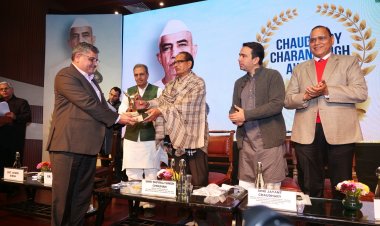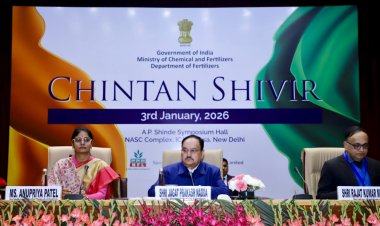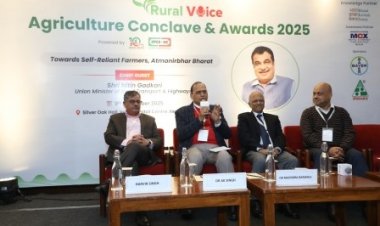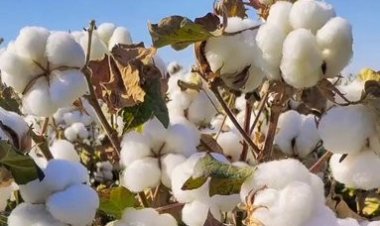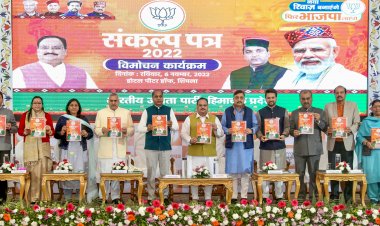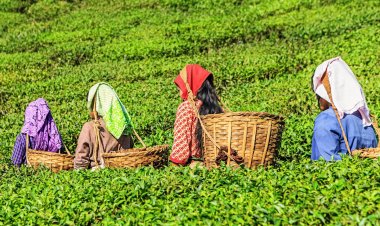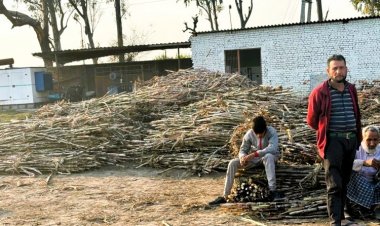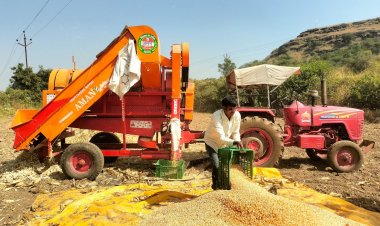Pulses sowing continues to lag in rain-deficit regions
Area sown to paddy increased by 5 per cent to 328.22 lakh hectares in the ongoing kharif season so far, but there was a lag in coverage in Odisha, Andhra Pradesh and Assam, according to the Agriculture Ministry latest data. Paddy, which is a major kharif crop, was sown in 312.80 lakh tonnes in the year-ago period. However, coverage of pulses, oilseeds, cotton and jute/mesta was lagging behind till August 11 of the kharif season.
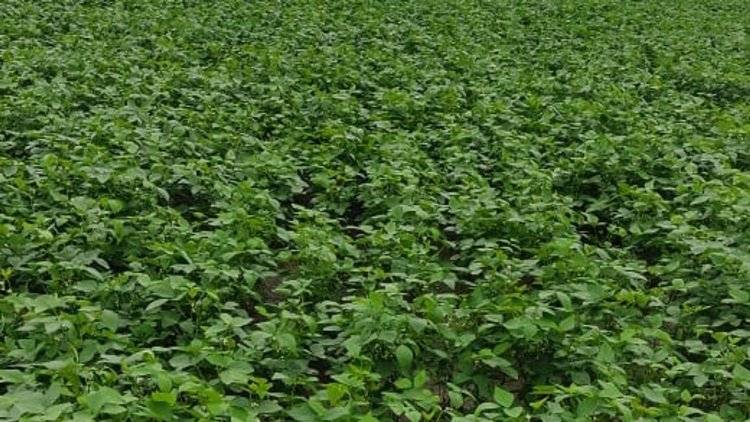
Area sown to paddy increased by 5 per cent to 328.22 lakh hectares in the ongoing kharif season so far, but there was a lag in coverage in Odisha, Andhra Pradesh and Assam, according to the Agriculture Ministry data released on Friday. Paddy, which is a major kharif crop, was sown in 312.80 lakh tonnes in the year-ago period. However, coverage of pulses, oilseeds, cotton and jute/mesta was lagging behind till August 11 of the kharif season.
Area sown to paddy in Odisha was down at 18.97 lakh hectares so far this kharif season, as against 20.35 lakh hectares in the same season of the previous year. Similarly, paddy sowing in Andhra Pradesh remained lower at 6.86 lakh hectares as against 8.28 lakh hectares, while in Assam too the coverage was lower at 14.92 lakh hectares as against 16.25 lakh hectares in the said period.
Coarse cereals area rose marginally to 171.36 lakh hectares so far in the kharif season from 167.73 lakh hectares in the same season of the previous year. The acreage of pulses remained lower at 113.07 lakh hectares till August 11 of the ongoing kharif season as against 122.77 lakh hectares a year ago. Oilseeds coverage was marginally lower at 183.33 lakh hectares as against 184.61 lakh hectares in the said period.
Among cash crops, area sown to sugarcane increased slightly to 56.06 lakh hectares till August 11 of this kharif season as against 55.20 lakh hectares in the same season of the previous year.
However, area sown to cotton was marginally lower at 121.28 lakh hectares as against 122.53 lakh hectares, while that of jute/mesta was also covered in less area of 6.56 lakh hectares compared with 6.95 lakh hectares in the said period.
Total area covered under all kharif crops, however, rose marginally to 979.88 lakh hectares till August 11 of the ongoing kharif season, when compared with 972.58 lakh hectares in the same season of the previous year.
The sowing of pulses continued to lag, with most regions of the country facing below-normal rainfall, in line with IMD predictions made for August. The total sown area of pulses is down by almost eight per cent as of August 11, year on year. Sowing was delayed due to patchy monsoon rainfall in producer states of Maharashtra and Karnataka in June. As rains picked up, while there was some increase in acreage, the overall numbers have continued to remain low.
The slow sowing of arhar, urad and moong together are causing the downfall. While sown area for arhar is down by 5.35 per cent that for urad and moong is down by 13.4 per cent and 7.2 per cent, respectively. Arhar is a type of pulse that has seen a steep spike in retail prices of late. As per the data available on the website of the Department of Consumer Affairs, there has been a 32 per cent rise in its prices on year.
To compensate for its deficiency, the government on July 18 launched the sale of ‘subsidised’ chana dal under the brand name ‘Bharat Dal’ at the rate of Rs 60 per kg for one kg pack and Rs 55 per kg for 30 kg pack.
The sowing for paddy has continued at pace, registering an increase of almost five per cent as on August 11. Its sown area has increased from 312 lakh hectare on the same date last year to 328 lakh hectare now. Sowing has also continued on track for coarse cereals, sugarcane and oilseeds, which is above last year’s levels as of August 11. Cotton however, has is seeing a marginal drop of 1 per cent.
The data comes when kharif sowing of cotton, coarse cereals, sugarcane and oilseeds is close to completion. For rice, sowing is nearly complete in in Uttar Pradesh and Punjab (where sowing is 95 percent-plus of normal and target area), but lagging in West Bengal by a wider margin at only 40 percent, given deficient rainfall so far in the state. As of August 10, storage in key reservoirs stood at 60 nearly per cent of total capacity, higher than last week’s 56 per cent.



 Join the RuralVoice whatsapp group
Join the RuralVoice whatsapp group

















